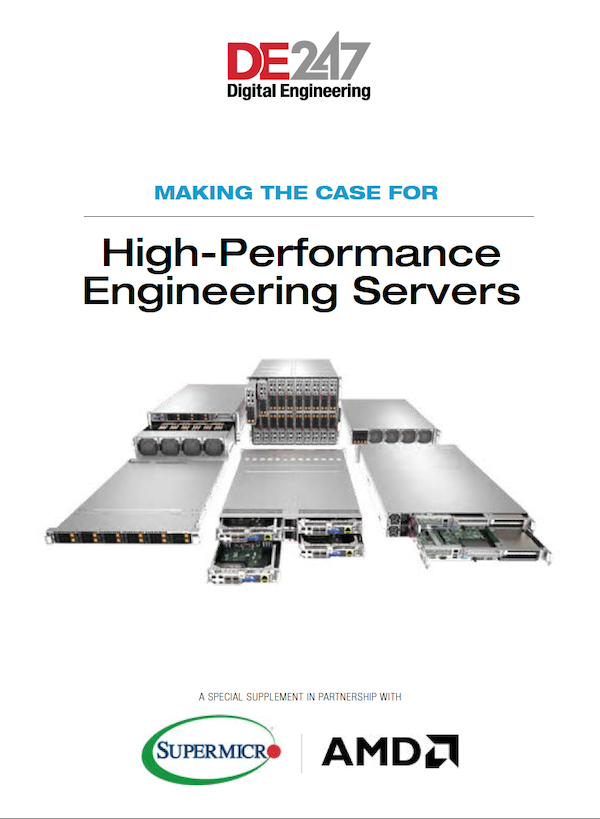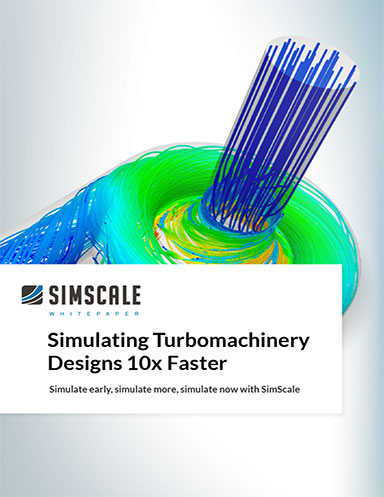Fenix e-Infrastructure Installed at Barcelona Supercomputing Center
The new systems provide services such as sovereign cloud computing, object storage and interactive computing.

The new systems at Barcelona Supercomputing Center provide services such as sovereign cloud computing, object storage and interactive computing. Image courtesy of BSC.
Latest in High–performance Computing HPC
High–performance Computing HPC Resources


Latest News
May 11, 2021
The Barcelona Supercomputing Center (BSC) deployed new computing and storage resources to boost the research of scientific communities in Europe. In addition to standard HPC resources, the new systems provide services such as sovereign cloud computing, object storage and interactive computing. These systems will be federated with other sites in Europe as part of the Fenix e-infrastructure.
In the context of the Interactive Computing E-Infrastructure (ICEI) project, the BSC supercomputer MareNostrum has been extended with new systems to address the needs of neuroscientists and researchers from various scientific fields in need of interactive HPC resources and data management services. These new systems will allow for advanced computing technologies of virtual machines, workflow, visualization, steering applications, and efficient handling and processing of large volumes of data in academic and industrial domains.
The systems complete the BSC services within the Fenix infrastructure and include:
- a new cluster for scalable computing resources (SCC) and virtual machine (VM) services: The current Peak Performance is 292 Teraflops with 756 compute nodes at 2.6 GHz and at least 24.2 TB of main memory. These computing nodes will be available to run HPC batch workloads and execute VM on top of them.
- an interactive computing cluster (IAC): It provides computational resources with large memory (around 1 TB). This cluster will be used for pre- and post-processing tasks, steering computation, remote visualization but also for running Message Passing Interface (MPI) applications.
- Active Data Repositories (ACD): This storage infrastructure is mounted in all SCC resources and is able to handle intensive input/output (I/O) workloads. BSC implements ACD for Fenix using their main HPC Storage infrastructure described as follows.
- Archival Data Repositories (ARD): This service is a hierarchical storage that uses as first-tier of storage 15 PB based on Flash and hard drive storage, and a tape storage of 120PB as a second-tier. The purpose of ARD is to store large amounts of data in the long-term (experimental data, simulation results, etc.).
These new services will be aligned with the technologies at the rest of the Fenix sites in Europe (in Finland, France, Germany, Italy and Switzerland) facilitating the federation of services of the Fenix infrastructure. This federation is managing the allocation of user resources across the computing centres providing well integrated HPC resources, data repositories and scalable supercomputing systems, currently being realized through the ICEI project.
The new BSC resources have been integrated in the quarterly PRACE-ICEI joint Calls for Proposals, and are available to interested users of the Human Brain Project (HBP) and PRACE. The first accepted projects started using these resources at the beginning of April 2021.
“Thanks to Fenix, we have created a new set of services to provide new methods to access HPC, I/O and compute capacities, aligned with a large number of compute centers in Europe,” says Sergi Girona, operations director and CIO at BSC. The first researchers awarded via the PRACE and HBP allocation process to use these new services, are from IDIBAPS (Hospital Clinic) and IRB, respectively.
About Fenix and ICEI
The ICEI project is executed by leading European supercomputing centres, namely BSC (Spain), CEA (France), CINECA (Italy), CSCS (Switzerland), CSC (Finland), and JSC (Germany), to realize the Fenix infrastructure. For this purpose these centrers are deploying various infrastructure services in a federated manner. The distinguishing characteristic of this e-infrastructure is that data repositories and scalable supercomputing systems are in close proximity and well integrated, also offering interactive computing services.
Fenix has received funding from the European Union's Horizon 2020 research and innovation program through the ICEI project under the grant agreement No. 800858.
Sources: Press materials received from the company and additional information gleaned from the company’s website.
Subscribe to our FREE magazine, FREE email newsletters or both!
Latest News
About the Author
DE’s editors contribute news and new product announcements to Digital Engineering.
Press releases may be sent to them via DE-Editors@digitaleng.news.




